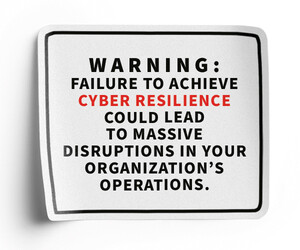Applications they support include emergency dispatch, door access control and security camera systems. Airports also manage flight information displays; cellular and Wi-Fi networks; and much of the passenger-facing technology that airlines need to operate at an airport, such as kiosks, check-in counters and gates.
“The importance of safeguarding the digital infrastructure can’t be overstated,” says Zeus Kerravala, principal analyst with ZK Research. “Everything in an airport runs on technology. Any one system can lead to a breach of all of the systems because everything is connected.”
For example, a ransomware attack last August disrupted operations at Seattle-Tacoma International Airport for several weeks, knocking out digital signage, the website and internal email and forcing airline agents to handwrite boarding passes and airport staff to manually sort baggage. The hackers also stole data.
Airports Strive to Boost Cyber Resilience
In Minnesota, nearly 102,000 travelers and 550 metric tons of cargo pass through MSP each day as 19,000 badged employees work on-premises. The IT department manages over 250 applications and services, some of which are critical to facility operations, Valencia says.
About two-thirds of the airport’s applications are consumed as services or run on Amazon Web Services and Microsoft Azure, while one-third are hosted on premise.
Valencia hired a cybersecurity team when he joined MSP. Today, he and his IT team use multiple Microsoft tools, including Entra for multifactor authentication, Microsoft System Center Configuration Manager (now called Configuration Manager) for patch management, and Intune for managing and securing mobile devices.















